Reportage

Russian forces eventually forced Ukrainian military out of Severodonetsk in late June | Image: Anna Ilchenko
Journalist Svitlana Oslavska spent years writing about her hometown of Severodonetsk. Now the whole city is destroyed, and its people gone
When do you realise that your city doesn't belong to you anymore? This is a question I began asking myself several years ago, after I spoke to a historian from my hometown, Severodonetsk.
Is it when people you have known for 30 years leave for good? When you are getting older and start thinking who will bury you when you die?
As I write this, in mid-July 2022, nobody I know is still living in Severodonetsk, a city in Ukraine's eastern region of Luhansk. At least, nobody I keep in touch with; nearly everyone has left. Only around 10,000 people remain, the regional authorities say, down from a pre-war population of just over 100,000. Most of the houses are ruined or damaged. No buildings, no people.
Severodonetsk is - or should I now write was? - located about 30 kilometres from the line of contact, with territory under separatist control. In 2014, when Russia-backed separatists took hold of the city of Luhansk and the southern part of the region, Severodonetsk became home to thousands of internally displaced people from the occupied areas.
For the past few years, I have been writing a book about Severodonetsk. I finished it this February, just days before Russian artillery began shelling the city's suburbs. The fire did not stop for even a day until late June, when Russian forces took the city under their control.
The language of ammonia
I left Severodonetsk in 2005, when I was 17. In writing my book, I was searching for the meaning of this place for myself. I tried to understand who the people of Severodonetsk are, what kind of city it is. The book was about the former, pre-war Severodonetsk. Or, rather, about Severodonetsk between two stages of Russian aggression, in 2014 and 2022.
My book originally had ten large reportage articles, as well as smaller texts and a foreword and afterword. It had a title, too: 'The Language of Ammonia'. This is a reference to Severodonetsk's chemical plant, which has been producing ammonia fertilisers for more than 70 years, and which is almost as big as the city itself. (The plant's owners have since claimed that the occupying forces could try and restart production, at great risk to the region.)
For the first story in my book, I spoke to the historian, Serhiy Kaleniuk. He explained the roots of separatist conflict from a small town west of Kyiv, where he had moved in late 2014 because the fighting was moving closer to the city, and his wife was tired of waking up to the sounds of bombing.
He mentioned the role of the Orthodox church, which was controlled by Russia, and of NGOs that, at first glance, seemed to promote Russian culture in the region, but in practice prepared the ground for occupation. One initiative, the Russian Community of Severodonetsk, repeatedly spoke of "an unproclaimed war against everything Russian" in Ukraine - language, culture and so on. Another NGO, the Parent Committee of Luhansk region, informed its audience that "Western Europe dictate their values to our youth, the values that promote moral degradation, and advocate for the rights of sexual minorities".
Severodonetsk rose up after the construction of the chemical plant, which was built as part of Stalin's industrialisation campaign in the 1930s. The chemical industry could be felt everywhere in the city - in local newspapers, Soviet-era publications, and in the city's only museum, which belonged to the chemical plant before it was destroyed. Severodonetsk may be less than 100 years old but even in the 21st century, it retained some traces of its old industrial mentality. One could sense it in the very language the city used to talk about itself.
In the years that I was writing my book, before the full-scale invasion began, the chemical plant still employed several thousand people. There were those who had been working at the plant since the 1960s. There were so-called 'worker dynasties' - families whose members had worked at the plant for more than 300 or 500 years in total. And, of course, there were people who'd started work there only recently, in the 2010s.
As I talked to residents, I tried to understand how they felt being a part of this huge, old and dangerous organism: the plant. (By comparison, I had left Severodonetsk to study a completely non-technical discipline at university.) People told me they felt like they were a small screw in that mechanism, small but important. It was disturbing to hear this rhetoric, as if these people were not human, but more like components inside a machine.
The same people also spoke of dignity and fortitude, things I could understand and identify with. There were people critical of the plant and how it affects people's lives; I heard horrific stories of deaths in the workshops, which were quite common in the 1950s and 1960s. After one former employee told me about his colleague who had burned to death in a fire at one of the plant's workshops, I asked: "What did his wife do?" "What could she do?" he responded, now in his eighties. "She went to work [at the plant] as usual the next day."
For all its industrial past, Severodonetsk was, in the 21st century, also a commercial city. Two big markets sold everything from local farmers' produce to cheap, brightly coloured shoes made in China. Those markets saved the lives of many families in the 1990s, after the Soviet Union collapsed, when many public sector employees lost their jobs and often had no choice but to start selling things at market.
I include the story of one such woman in my book. She had been a kindergarten teacher in the late 1980s, and got through hard times in the 1990s thanks only to one of these markets. The woman earned her family's living by selling dairy products, and later went on to set up her own small business in the early 2000s.
In the book, her story ends in 2021. At that point, the woman has a store in a shopping centre, a horde of regular customers, and participates in occasional discussions about politics with fellow shopkeepers - she is openly pro-Ukrainian, while some of those she works alongside are pro-Russian and anti-Western. They all manage to keep some balance and continue working together.
In real-life, the woman's story is ongoing. She's lost almost everything - her business, her flat, her social contacts and her city. She cannot return to Severodonetsk, which was first destroyed and then occupied by Russia. Her fellow shopkeepers are in the same situation, regardless of their political views. Nobody's lives will never be the same.The part of the book I had the most fun working on was a light investigation. I tried to find the artist behind the 1970s-era mosaics on the walls of the city's Ice Palace - an indoor ice rink arena, used for sports such as ice hockey and figure skating, with seating for more than 5,000 people. In the first months of the war, local residents set up a humanitarian centre there, distributing food and water. Now, the palace has been destroyed.
I never did find out who designed the mosaics. I guess the small pieces of smalt from them could still be there, somewhere in amongst the rubble, as they're likely fire-resistant. One day, perhaps, a new picture could be created from them. Of what exactly? I cannot say.
I haven't been to Severodonetsk since the war started. What gives me the creeps is that spring and summer - the most pleasant times in a city like Severodonetsk - have passed by unnoticed. Nobody was there to enjoy the blossom of the apricot trees, nor the fruits of the mulberry trees in the months that followed. All this must have still been there, the same as in all the years before, as the Russian military bombed and then occupied the city. But this time, for whom?
This image of nature somehow persisting among the ruins of buildings and people's lives doesn't tell me that everything will be renewed and be fine again. Rather, it horrifies me with its indifference. It reminds me: the book I am rewriting is about a city that has become a ghost.
From openDemocracy







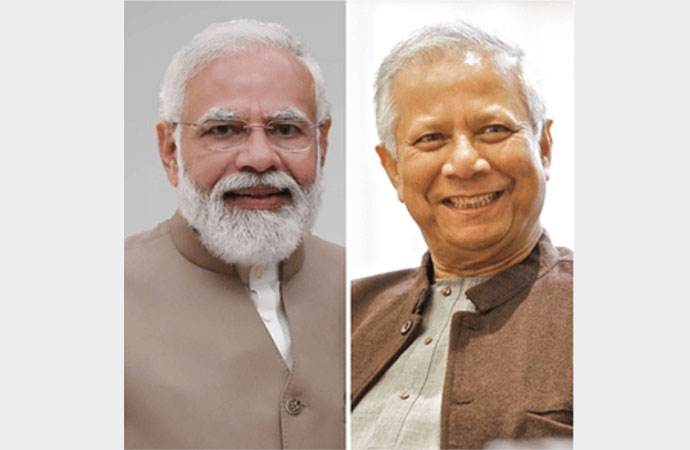
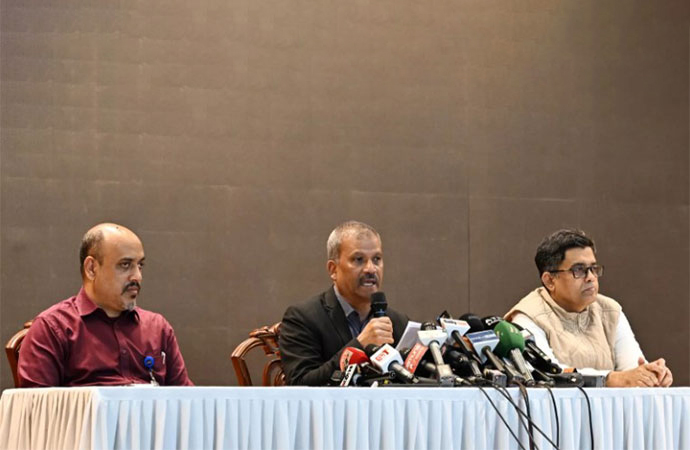
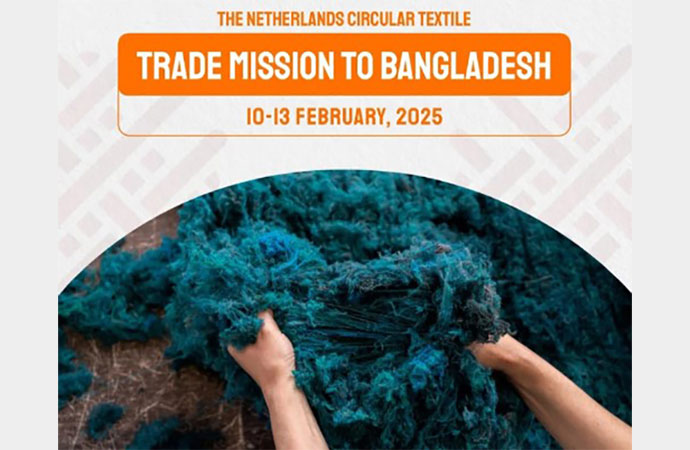

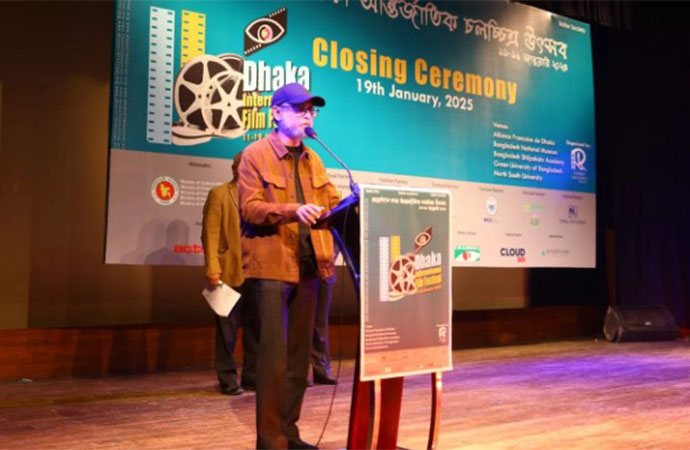
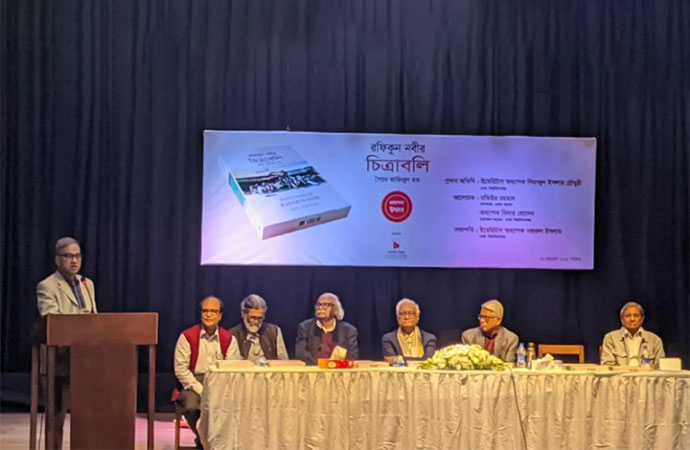







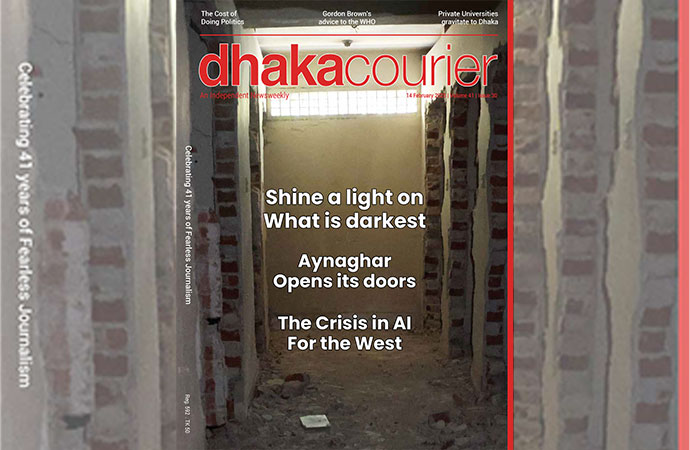

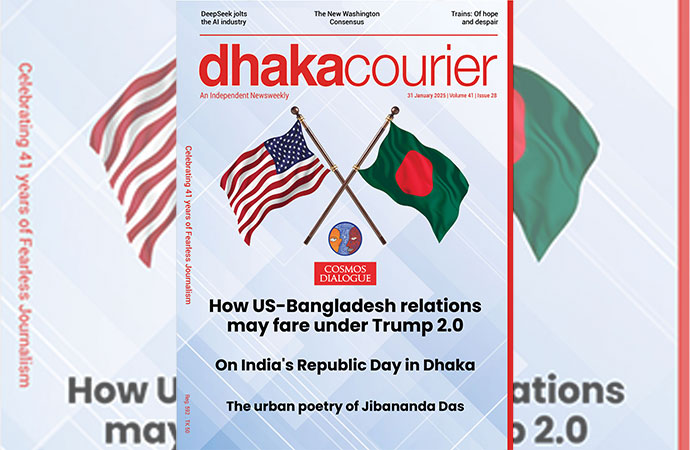
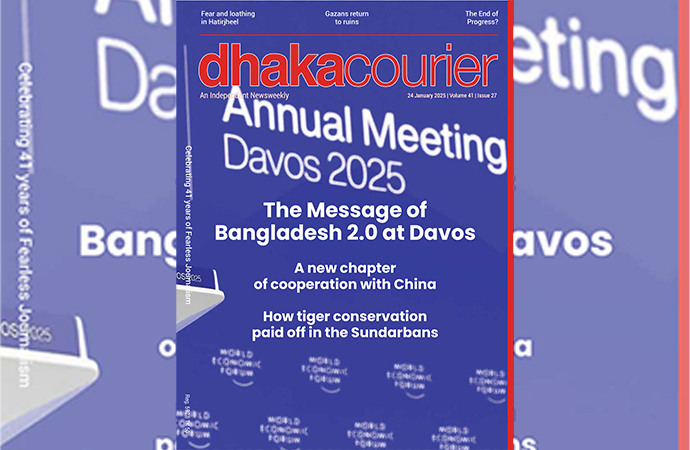

Leave a Comment
Recent Posts
Reflections on Press Freedom
Having been ensconced in the country’s media landscape in a vari ...
Rejuvenating EU ties in an era ...
Ernst B. Haas coined the theory of neo-functionalism to describe the E ...
Farmers Are Not Only Food Producers, They Are Also V ..
10-day 'Amar Ekushey Natyotsab 2025' kicks off at Su ..
How the tables were turned on Ukraine
The New Face of Protest